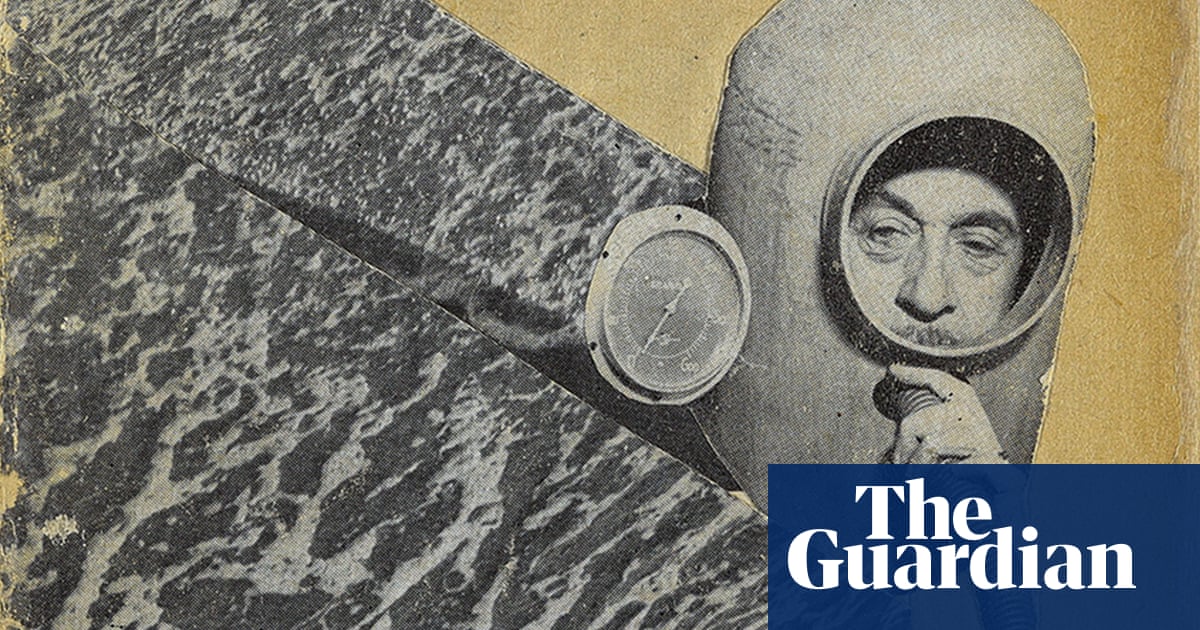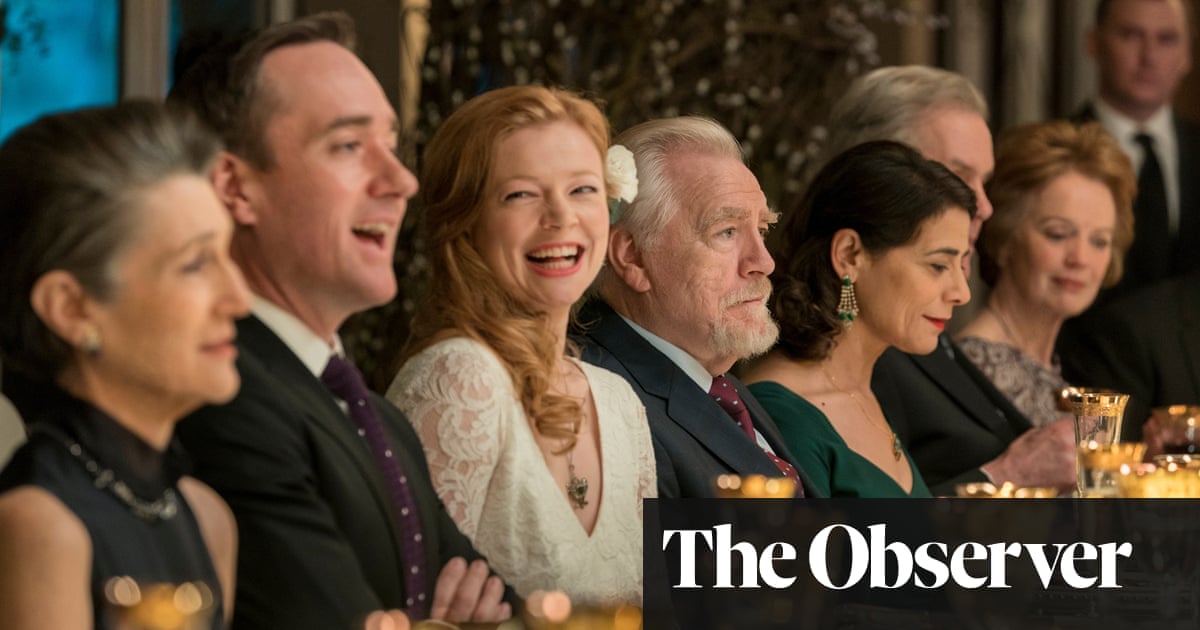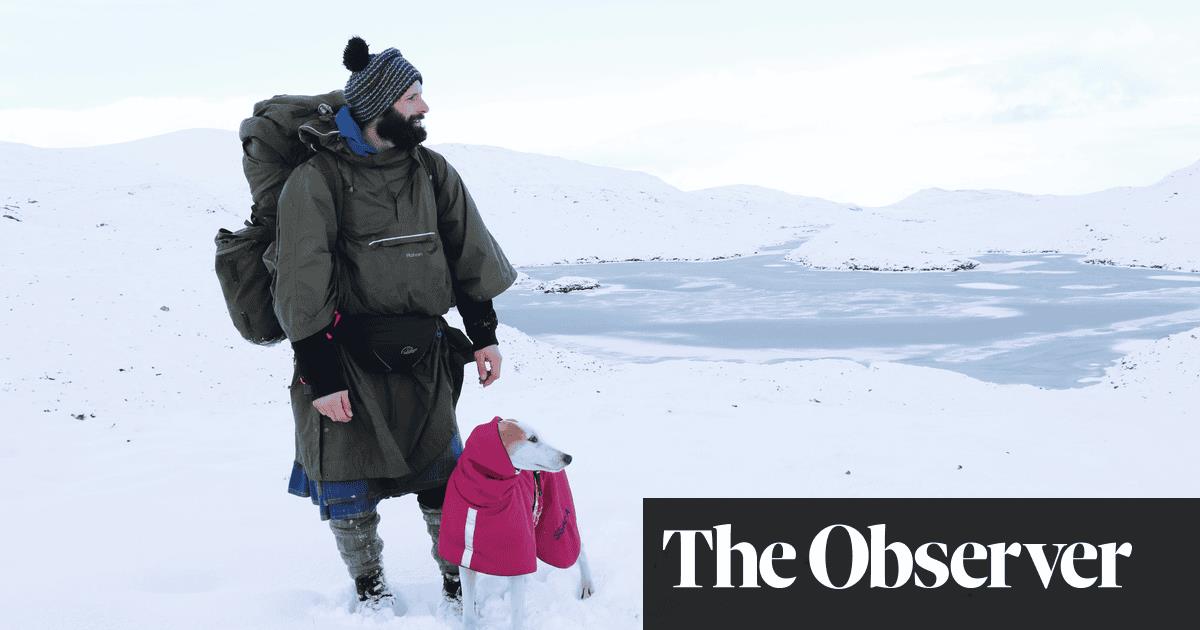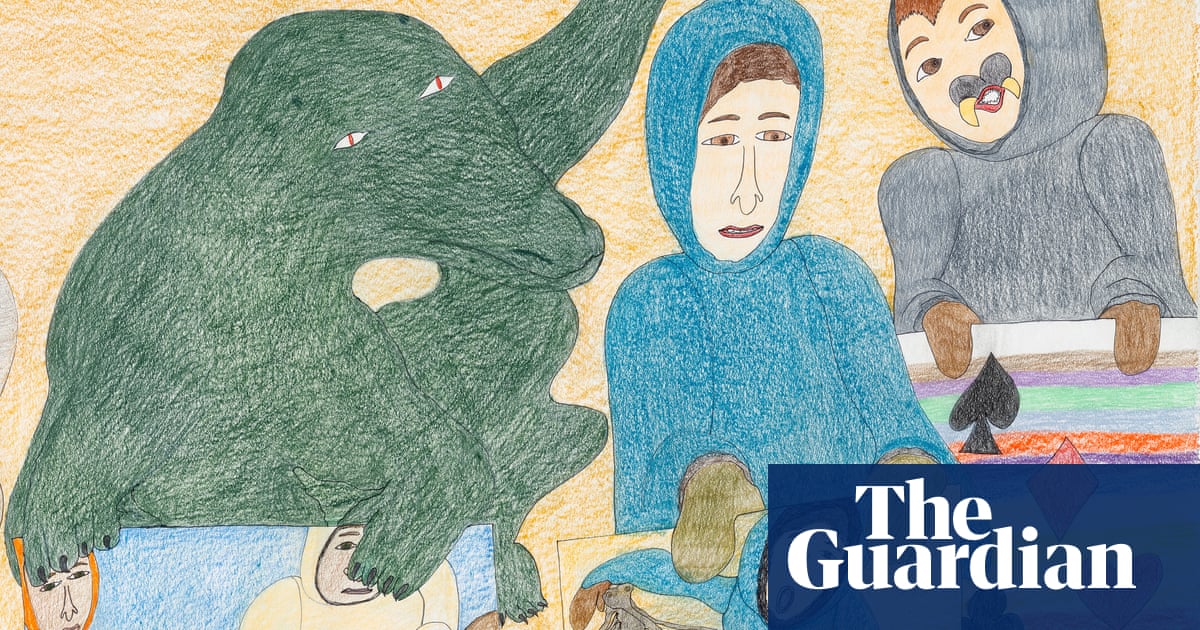
As the daughter of antiques dealers, Simone Bloch grew up in a New York house filled with rare and mysterious materials. The dining room was packed with precious volumes, including a collection of small, hand-written magazines, illustrated with collages in a dadaist or surrealist style.
“All of my parents’ books were kind of intimidating,” Simone, now 64, says. “But this was weirder. It wasn’t something I would ever want to pick up.” She found them a little creepy, with their frequent images of Adolf Hitler and other wartime leaders. It was only many years later that Simone came to understand that these magazines represented her father’s resistance to the Holocaust.
Born in Dortmund in 1908, Curt Bloch was the first in his family to go to university, studying law in the German capital, which at that time was the centre of the buzzing avant-garde cabaret scene. Curt was Jewish and objected to Hitler from the first. In 1933, when Hitler introduced a law banning Jews from civil service positions unless they had fought in the first world war, Bloch wrote a biting response to the authorities, declaring that, no, he hadn’t served in the war since he was only five when it had broken out. When the Gestapo came knocking, Curt was ready. He slipped out of a top floor window with some cash he’d hidden, and fled across the rooftops, eventually reaching Holland.
But he wasn’t safe for long. The Germans invaded the Netherlands in 1940, and soon began persecuting Jews there. In the summer of 1943, Bloch took refuge in the crawlspace above the attic of a small suburban house in Enschede, on the German border. It was here that he began to produce the first issue of his magazine. He wrote in fountain pen, made collages from cuttings and stitched the pages together by hand. He called his volume The Underwater Cabaret in reference to the Dutch term for people in hiding, “divers”, and to the favoured form of political theatre in Weimar Berlin. Friends in the Dutch resistance helped circulate The Underwater Cabaret to 30 or so other “divers”. They would bring the issue back a week later, by which time Bloch had prepared a new one.
Alongside political commentaries, Bloch published highly personal writing. His mother Paula and little sister Hélène had followed him to the Netherlands, and had also gone into hiding. In May 1943 they were detained and transported to Sobibor, where they were murdered. Curt knew they had been caught, but could only have guessed at their fate. He devoted several poems to Hélène, one of which contained the lines: “Stay strong against the hatred, betrayal, and scorn / And when the war someday comes to an end / I will go looking for you.”
Writing this kind of material was extremely dangerous: people caught making fun of Hitler at that time were killed. Why take the risk? Simone believes it was a way for her father “to fight his own despair”. It was a demonstration that, even in such circumstances, resistance was possible. “It’s getting away with something when you can’t get away with anything,” Simone suggests. Plus Curt had an ego, and the magazine gave him a certain renown, making him an “underground Stephen Colbert”.
In all, Bloch produced 95 magazines. The last issue is dated 3 April 1945. By that day Enschede had just been liberated, and Bloch could leave his hiding place. He travelled back to Amsterdam, where he met and married an Auschwitz survivor, Ruth Kan. In 1948 they emigrated to the US.
Curt died in 1975, when Simone was 15. She hadn’t got along well with her father – she found him “impossible … for all kinds of reasons”. Since she didn’t speak German then, she couldn’t understand what he had written, either. It was only recently, after years of research conducted in part by her daughter, Lucy, that Simone came to understand the full significance of the zine as a rare literary monument capturing a terrible period in history.
All copies of The Underwater Cabaret are on loan to the Jewish Museum Berlin, where an exhibition will run from 9 February to 26 May.
Deep dive: five dispatches from The Underwater Cabaret
30 August 1943 The second issue of The Underwater Cabaret is dedicated to Curt’s sister on the occasion of her 20th birthday, shortly after he learned that she and his mother had been rounded up. The diver in his improbable helmet holds the oxygen supply hose like a microphone, and is likely a stand-in for Bloch himself.
11 September 1943 “The OWC [the Underwater Cabaret] plays before the NSB” (the Nazi Party of the Netherlands). The well-groomed, scandalised audience reacts to Hitler, who is portrayed as a tapdancing clown. A stanza of Bloch’s verse reads: “It has the right perspective / Not limited by Goebbels’ directive / And is much less positive / Than many NSB members wish.”
1 January 1944 Bloch’s first New Year in hiding. By this time he has introduced colour to the zine. He often used collage for the covers, recalling the techniques of German artists who had been shamed and persecuted by the Nazis, such as Max Ernst.
14 October 1944 The Nazis appear as a muscular gorilla on this cover. By this time, the Allies had been fighting their way across the Netherlands for a month; meanwhile the “satirical resistance” The Underwater Cabaret – now known by the acronym OWC – lives on.
3 April 1945 The last edition was finished two days after the liberation of Enschede. It appears Bloch himself is emerging from the trapdoor. The cover line reads “Above water finale of The Underwater Cabaret”. Inside was Curt’s first and only poem in English, dedicated “to the Allied forces”.












